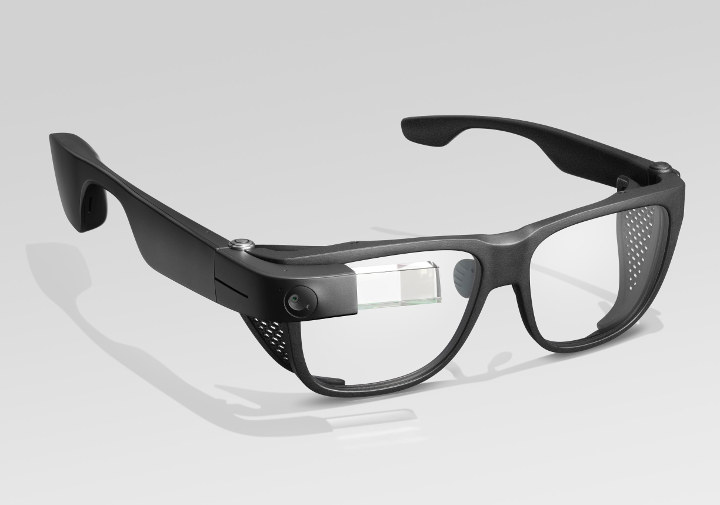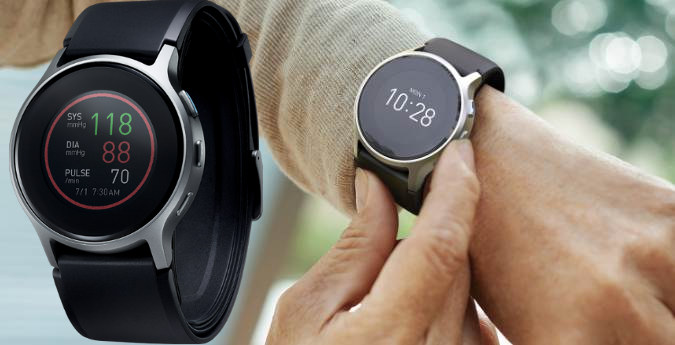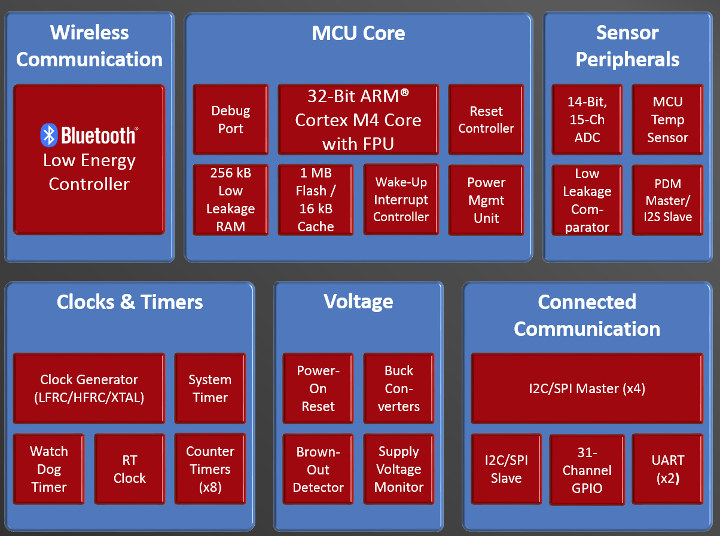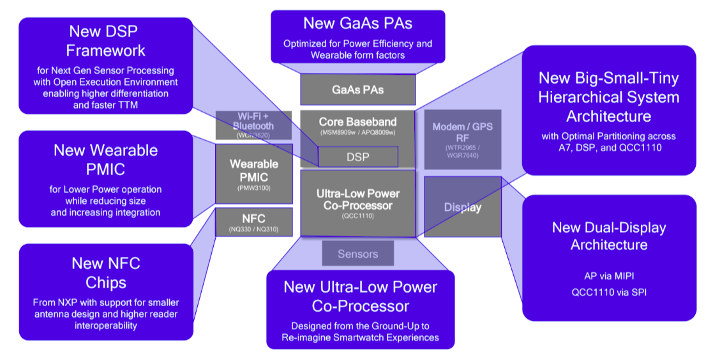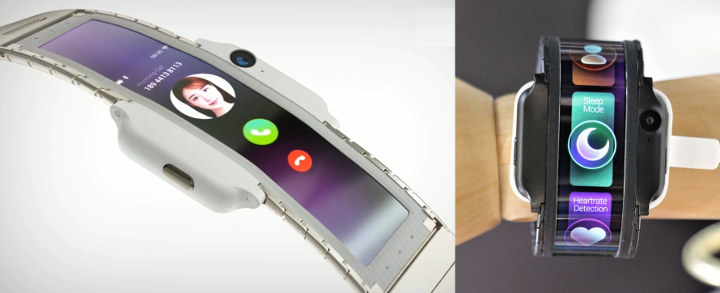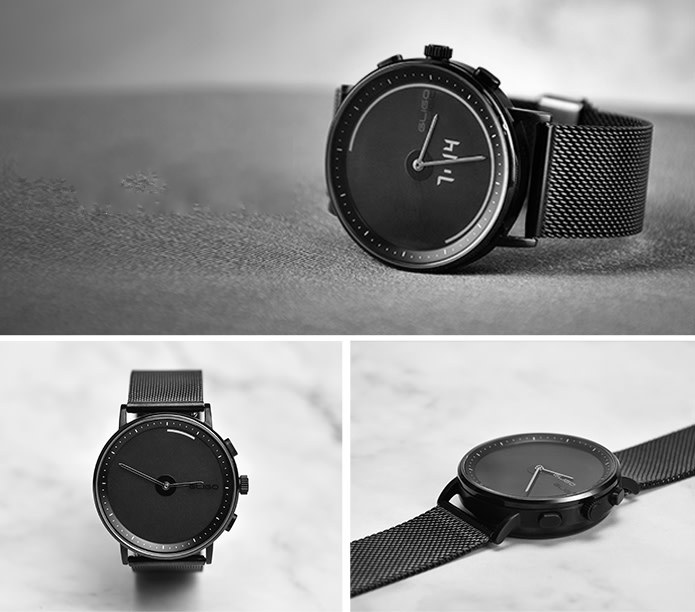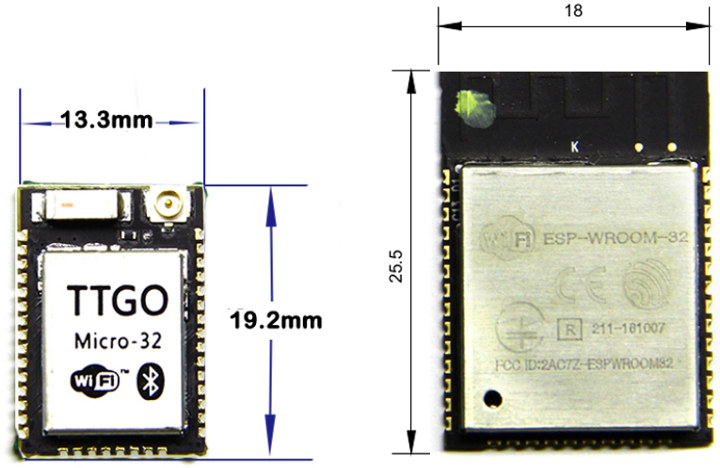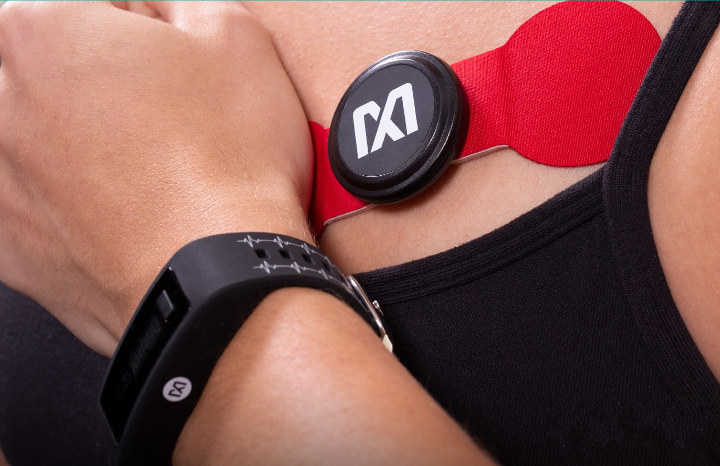To be honest, I was pretty happy when it was clear that smart glasses for the consumer market would not take off, and I would be living in a better, smart glasses-free, world. But I also reckoned that those could have use in professional settings, and Google Glass Enterprise edition was first spotted in 2015 with an Atom processor. The company has now launched an upgraded model with Google Glass Enterprise Edition v2 powered by Qualcomm Snapdragon XR1 eXtended reality (XR) platform. Google Glass Enterprise Edition v2 specifications: SoC – Qualcomm Snapdragon XR1 quad-core Kryo processor @ 1.7GHz with Adreno GPU, Qualcomm AI Engine for on-device processing; 10nm manufacturing process System Memory – 3GB LPDDR4 Storage – 32GB eMMC flash storage Display – 640×360 Optical Display Module Audio out – Mono Speaker, USB audio, BT audio Microphones – 3 beam-forming microphones Camera – 8MP, 80 DFOV Connectivity – Wi-Fi 5 […]
Omron HeartGuide Wearable Blood Pressure Monitor is Finally Available
Way back at CES 2016, Omron showcased Project Zero BP6000 wearable blood pressure monitor that was meant to be an FDA approved blood pressure monitor fitting into a watch form factor and starting to sell for $200 at the end of 2016. But the device was not particularly eye-pleasing and FDA approval is really hard, so they unveiled the thinner and prettier Project Zero 2.0 model the next year at CES 2017 with the goal of releasing the device sometimes in 2018 for $300. The good is that the product – now called HeartGuide – will up for pre-order, and slated to ship in January 2019. Sadly, the cost has gone way up since it now sells for $499, and will only ship to a US address. HeartGuide (BP8000-M) wearable blood pressure monitor technical specifications: Display – Transflective memory-in-pixel LCD Memory – Blood pressure measurement up to 100 times, activity […]
Ambiq Apollo2 Blue Ultra Low Power MCU adds Bluetooth Connectivity
Ambiq Micro unveiled their ultra-low power Apollo MCU back in 2015 with claims of Cortex-M4 performance at Cortex-M0+ energy efficiency by leveraging SPOT (Subthreshold Power Optimized Technology) technology that allows operating the microcontroller at very low voltages (less than 0.5V). Since then the company introduced Apollo2 MCU with 10 μA/MHz power consumption, but still a generic purpose microcontroller. Earlier this year, the company unveiled a new version of Apollo2 microcontroller adding Bluetooth connectivity, and allowing Bluetooth applications that last years on a charge. Meet Apollo2 Blue. Apollo2 Blue key features and specifications: Arm Cortex-M4 Processor up to 48 MHz with FPU, MMU, wake-up interrupt controller with 32 interrupts Ultra-low power memory Up to 1 MB of flash memory for code/data Up to 256 KB of low leakage RAM for code/data 16kB 1 or 2-way Associative Cache Bluetooth 5 Low Energy RF sensitivity – -95 dBm TX: 5mA @0 dBm; RX: […]
Snapdragon Wear 3100 Smartwatch Platform to Deliver Longer Battery Life
Qualcomm introduced Snapdragon Wear 2100 in 2016 for wearables, and the processor ended up in several products such as LG Watch Style / Sport smartwatch. Since then the company released other Wear platform for specific applications such as 4G kid watches with Snapdragon Wear 2500, or wearable IoT applications with Snapdragon Wear 1250 offering NB-IoT and eMTC connectivity. The company has now announced Snapdragon Wear 3100 “smartwatch platform” still based on four Arm Cortex A7 cores, but also including a new ultra-low power co-processor to further extend battery life. Snapdragon Wear 3100 “MSM8909w” or “APQ8009w” specifications: CPU – Quad core Arm Cortex-A7 processor @ up to 1.2 GHz GPU – Qualcomm Adreno 304 GPU Co-processor – QCC1110 Display – Up to 640×480 at 60fps via MIPI and/or SPI interfaces Cellular Qualcomm Snapdragon X5 LTE modem with peak download speed of 1 Gbps, and peak upload speed of 150 Mbps RF […]
Nubia–α Wearable Smartphone is a Smartwatch with a Long Curved Display
We have smartphones, we have smartwatches. and we have… Nubia-α that is something in between, and which the company (Nubia) promotes as a “wearable smartphone”. The device comes with a long curved display, and you’d wear it around your wrist just like a watch with access to fitness apps, and music, but just like in a phone, you could make phone calls and send SMS thanks to 4G connectivity, as well as taking selfies or making video calls with its built-in camera. We don’t have the specifications yet, but the thing is real as it was showcased at IFA 2018, although for the eyes only, i.e. no hands-on or even touching the Nubia-α. Engadget reported about the device, and while the reporter clearly did not like the largish camera on the side, she seems impressed by the brightness and colors coming out of the Flex OLED display. The watch / […]
$100 GLIGO E-Ink Smartwatch Promises “2-Year Battery Life” (Crowdfunding)
Wearables are useful little devices, but many of them suffer from short battery life, and in my case at least, I forget to charge mine from time to time. So when I saw GLIGO E-Ink smartwatch promising 2-year battery life on a charge, it caught my eyes. But then looking into the details, it looks like battery life is really 6 months unless you don’t plan on using the display: We adopted an energy-efficient dual-core design:the quartz core has a battery life of up to two years, e-ink screen has a battery life of up to 180 days. Six months is not that bad either, so let’s still have a look. GLIGO E-Ink smartwatch specifications: MCU – Unamed Arm Cortex M3 microcontroller with 128KB memory Display – E-ink segmented display Japanese Watch Movement Connectivity – Bluetooth 4.2 LE Sensors – Green light heart rate sensor (HRM), 3D G-sensor, 3-axis accelerometer […]
TTGO Micro-32 is a Tiny ESP32-PICO-D4 Module
Unveiled almost a year ago, ESP32-PICO-D4 SiP (System-in-Package) combines ESP32 wireless processor, 4MB SPI Flash, a crystal oscillator, as well as some passive components, and allows more compact or thinner designs such as found in ESP32-PICO- Kit v4 development board. However, so far I had not seen any ESP32-PICO-D4 module, but TTGO Micro-32 fills the void as a compact module based on the SiP. TTGO Micro-32 module specifications: SiP – Espressif Systems ESP32-PICO-D4 based on ESP32 dual core processor + 4MB SPI flash Connectivity – Bluetooth 4.2 LE and 802.11 b/g/n WiFi up to 150 Mbps with chip antenna and u.FL (IPEX) connector Expansion – Castellated holes with GPIO, ADC, DAC, VP/VN, Touch, UART, I2C, and power signals Supply Voltage – 3.3V Dimensions – 19.2 x 13.3 mm (45% smaller than ESP32-WROOM-32) There’s no specific software for the module, since it should be software compatible with ESP-WROOM-32 (now called ESP32-WROOM-32). […]
Maxim Announces Wearable ECG and Heart Monitor Development Kits
Maxim Integrated has recently announced two wearable development kits for fitness / health tracking: MAX-HEALTH-BAND watch for vital signs MAX-ECG-MONITOR with a chest strap for clinical-grade electrocardiograph (ECG) and heart rate. MAX-HEALTH-BAND Development Kit The MAX-HEALTH-BAND wrist-worn heart-rate and activity monitor features the company’s MAX86140 optical pulse-oximeter/heart-rate sensor, MAX20303 wearable power-management solution, and Maxim’s motion-compensated algorithms. The watch sends raw PPG and accelerometer data via Bluetooth to a smartphone app, and also monitors steps, activity, heart rate and interbeat intervals for heart-rate variability measurements. Battery life is around 7 days on a single charge. The kit also includes a USB charging cable, and instructions to download the Android-based application. The evaluation platform can be used for the development of fitness and wellness trackers, health monitoring trackers, or as a experimentation platform for new use cases and algorithms. In addition to raw PPG and accelerometer data, the MAX-HEALTH-BAND monitors steps, activity, […]


